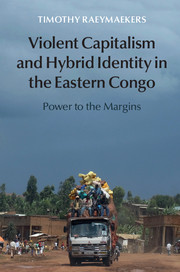Just while Italy’s Interior Minister Marco Minniti was announcing the eradication of all remaining informal labour settlements today, the study bureau Eurispes finished its fifth Report #Agromafie2017, on the linkages between organised crime and the agri-food system in the country. Their conclusions, which they presented together with the agricultural employers union Coldiretti in Rome today: agro-mafias continue to grow, with an increased turnover of 30% last year alone, reaching about 22 billion euros.
The criminalised food chain includes Chinese mafia involvement in rice imports -which reached unseen levels in 2016- to local Italian organised crime groups such as the Piromalli clan, who control the Calabrian meat market, to the olive oil sales of the Sicilian mafia boss Matteo Messina Denaro, and the typical buffalo mozzarella owned by the Napels-based Casalesi clan.

But as previous Agromafie reports indicated, food mafias by far outreach traditional organized crime sectors. They rather serve to oil the links between a thriving agricultural production, and global consumers. Just recently, the British newspaper The Observer told the story of Nicoleta Bolos, a Romanian farm workster who, in the countryside of Ragusa, was forced to have sexual relations with the owner of the greenhouse where she worked for a pittance. Raped, beaten and exploited. That this is not an isolated case confirms Bruno Giordano, magistrate at the Supreme Court of nearby Vittoria on the pages of Left magazine. Police say they believe that up to 7,500 women, the majority of whom Romanian, are living in slavery on farms across the region.
A group of writers and activists (Leonardo Palmisano, Marco Omizzolo, Giulio Cavalli and Stefano Catone) now has launched the idea of a national march against the caporalato mafia in mid-April (the exact date is to be decided) in the Capitanata -where two Malian farm workers recently died when their shacks burnt in what appears to be a lit fire. The initiators ask for a revision of legislation that was recently passed on illegal hiring, but which does not protect the workers enough in their view. The text reads (in Italian):
“The caporale is the last link in a chain that joins different interests in the name of cost reduction: from major retailers who set the price, through brokers and manufacturers seeking to maximize their profit. In the mix often enters the mafia also, who control much of the supply chain, from farmers markets, major hubs, the sorting and transportation of fruit and vegetables grown in Italy or imported from abroad. Sometimes with the complicity of local politics. Hence the urgency of an initiative that turning on the spotlight highlighting strongly some issues to be addressed urgently, and the idea of a National March.”






